Years ago, a transcription of the letter of James Matlock Kitchens came to my attention, to my great excitement and that of many Dutton cousins. This past week I made a genealogy research trip to Jasper, Walker County, Alabama, where at the library I found a photocopy of the original letter. I’d like to share the letter again with you.
James Matlock Kitchens (1796–1868) was a farmer and Baptist minister, a pioneer settler of Lawrence County, Alabama, about 1817, and then of Walker County, Alabama, about 1838. He joined a large migration of family and neighbors from the Basham’s Gap community to the vicinity of Jasper, shortly after the opening of a road between those places. The Kitchens family intermarried very closely with the Dutton family, as well as the Brown, Irwin, Hamilton, and Sparks families, with whom the Duttons were also intermarried. Together these families formed a tight-knit network of kinship, as his letter below will show.
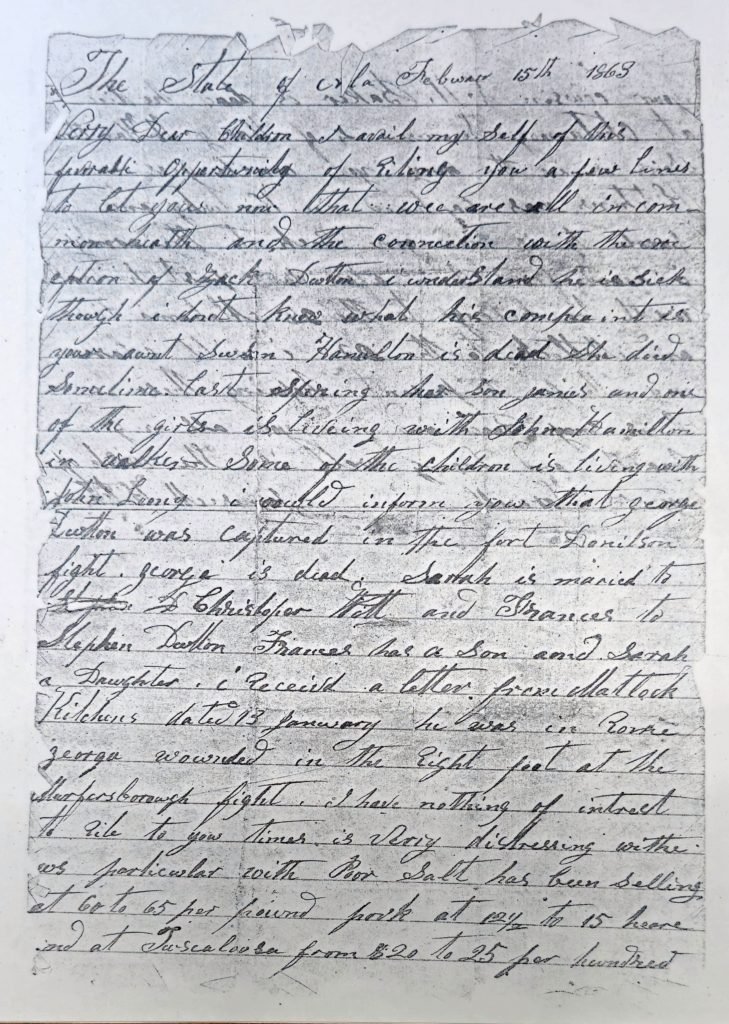
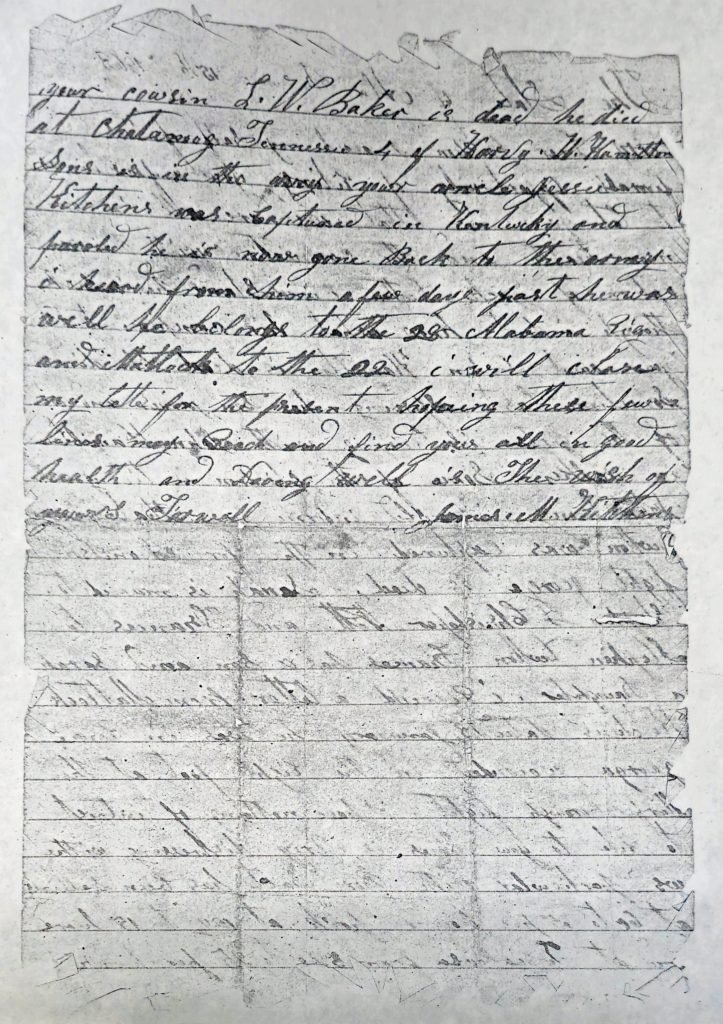
The State of Alabama, February 15th, 1863
Verry Dear children, I avail my self of this favorable opportunity of riting you a few lines to let you now that we are all in common health and the connection with the exception of Zack Dutton, i understand he is sick though i dont know what his complaint is. your aunt Susan Hamilton is dead. She died sometime last spring. her son James and one of the girls is living with John Hamilton in Walker. Some of the children is living with John Loony. i would inform you that George Dutton was captured in the Fort Donilson fight. George is dead. Sarah is married to Christopher Witt and Frances to Stephen Dutton. Frances has a son and Sarah a daughter. i received a letter from Matlock Kitchens dated 13 January, he was in Rome Georgia, wounded in the right foot at the Murfersborough fight. I have nothing of interest to rite to you. times is verry distressing withe news particular with poor. Salt has been selling at 60 to 65 per pound, pork at 12 1/2 to 15 heare and at Tuscaloosa from $20 to 25 per hundred.
[Second page]
your cousin L. W. Baker is dead. he died at Chatanoog Tennessee. 4 of Harvy W. Hamilton sons is in the army. your uncle Jessee Kitchens was captured in Kentucky and paroled. he is now gone back to the army. i heard from him a few days past, he was well. he belongs to the 28 Alabama Reg and Matlock to the 22. i will close my letter for the present, hopeing these few lines may reach and find you all in good health and doing well is the wish of yours. Farwell.
James M. Kitchens.
Letter of James Matlock Kitchens, photocopy preserved in Bruce Myers Collection, Elizabeth T. Wiggins Heritage Room, Carl Elliot Regional Library, Jasper, Walker County, Alabama.
My first question is, who was he writing to? I was never able to answer the question years ago, other than to unidentified grandchildren. But I think we can do better than that, and by way of that, identify some of the other people mentioned in the letter.
Your aunt Susan Hamilton is dead. It was never clear to me years ago who this referred to. James Kitchens’ daughter Mary (born 1814) married Harvey William Hamilton, and though she is commonly identified in family trees as “Mary Susan” (I suspect erroneously), she lived until 1887. So how else could the recipients of the letter have an Aunt Susan Hamilton?
Could James have a sister Susan who married a Hamilton? Or his wife Sarah such a sister? I searched the census in 1850 for a Susan Hamilton close to James in age, living anywhere in North Alabama, and found none.
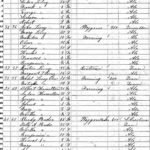
But if these are grandchildren he is writing to — specifically, the children of Harvey W. and Mary Hamilton — then Susan could be their aunt on the paternal side. I looked into the siblings of Harvey W. Hamilton. He had a brother, Elbert Hamilton, who married Susan Vanpelt in Lawrence County, Alabama, on 17 Aug 1842. Elbert died about 1858 in Lawrence County, trees widely report. They also state that Susan, his widow, lived until 1905, but turns out this is a bad conflation with somebody else. I can find no further record of her after the 1850 census. Elbert and Susan did have a son named James and several daughters. So I suspect this, Susan (Vanpelt) Hamilton, is the Aunt Susan who died in spring 1862.
But if this letter is to the children of Harvey W. Hamilton, why does he say that four of Harvey W. Hamilton’s son [are] in the army? Wouldn’t they be your brothers, and wouldn’t those brothers’ siblings already know they were in the army? I think it is very possible that this is a circular letter, meant to be shared with all James Kitchens’ grandchildren, much as Paul’s epistles in the Bible. The family community was so close-knit that news of Susan Hamilton’s death — whether she was a natural “aunt” or not — would have been a blow.
Speaking of Harvey W. Hamilton’s four sons in the army — which four sons is he referring to? I can document these:
- Barton Hamilton (b. about 1835), Corporal, Company E, 28th Alabama Infantry.
- James Jackson Hamilton (1837–1901), Private, Company E, 28th Alabama Infantry.
- Andrew John Hamilton (1839–1902), 1st Sergeant, Company E, 28th Alabama Infantry.
- Jacob B. Hamilton (1843–1911), Private, Company E, 28th Alabama Infantry.
Trees tend to conflate Barton with his younger brother Jacob, but they are clearly different people, with each of these sons having a distinct service record describing men of different ages. Barton’s record shows him sick and hospitalized with a fever in September 1863; it is possible that he died in the service, as I cannot find him after the war.
To the other people named in the letter: Zack Dutton is probably Zachariah Dutton (c. 1821–1864), son of Gerrard Dutton and Charity McDaniel, who was also serving as a private in the 28th Alabama, Company L. He was sick in the hospital in October 1863, and died in February 1864 in Covington, Georgia. As near as I can figure, Zack Dutton was no blood relation to James Kitchens, but he had grown up living with James Dutton in Walker County and was part of James Kitchens’ community.
It’s not immediately clear which John Hamilton Susan’s daughter went to live with, but John Looney (c. 1812–1887) married Mary Hamilton, Harvey W.’s sister, on 6 Jan 1831 in Lawrence County. They lived very near to Elbert and Susan Hamilton in Lawrence County.
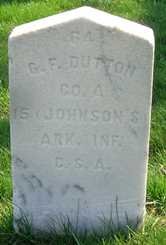
George Dutton is James’s grandson, George F. Dutton (c. 1837–1862), son of Thomas Dutton and Elizabeth (Kitchens) Dutton. After growing up in Morgan County, he moved to Columbia County, Arkansas, shortly before the Civil War. While serving as a private in Company A, 15th (Johnson’s) Arkansas Infantry, he was captured at the Battle of Fort Donelson in Tennessee and died in the Union prison at Camp Butler, Springfield, Illinois, only a month later, on 17 Mar 1862.
Sarah and Frances are Sarah Jane Dutton (c. 1841–c. 1919) and Mary Frances (1844–1877) Dutton, sisters of George. Sarah married Christopher C. Witt on 5 Feb 1862 and Frances married Stephen P. Dutton, son of Edmond Dutton and Margaret Barnett Ross, on 8 Jan 1862, both in Morgan County. Frances would die in 1877 and Stephen would marry Sarah in 1878.
Matlock Kitchens and Jesse Kitchens are James M. Kitchens’ sons, James Matlock Kitchens Jr. (1836–1896), and Jesse Kitchens (1837–1898). Their mention here highlights what appears to be a discrepancy in records. James wrote, [Jesse] belongs to the 28 Alabama Reg and Matlock to the 22. But the veteran’s marker on Matlock Kitchens’ grave reads Pvt, Co I, 28 Ala Inf. There was indeed a James M. Kitchens in Company I of the 28th. He enlisted 12 Apr 1862 at Shelby Springs, Alabama, the same place Jesse Kitchens enlisted on 22 Feb 1862. But the service record of this 28th James M. Kitchens contains no mention of him being wounded. The service record of J. M. Kitchens, Private, Company A, 22nd Alabama Infantry, however, does contain the record of that soldier being wounded severely on 31 Dec 1862 at Murfreesboro. The 28th James was on muster rolls with the 28th in Apr 1862 and Jan and Feb 1864, indicating he was in that unit both before and after J. M. Kitchens was wounded with the 22nd. Could the same man have been simultaneously serving in two different units? Not likely. Company A of the 22nd was made up of men from Walker County, while Company I of the 28th was made up of men from Dallas County. There were several other appropriately-aged men named James Kitchens, and even several James M. Kitchens, living in Alabama in 1860. It appears to me that someone simply made a wrong assumption that the 28th James was the Walker County one because his brother and other Walker County men served in (different companies of) the 28th.
Your cousin L. W. Baker is Lambert W. Baker (c. 1842–1862), son of Alvin R. Baker and James’s daughter Susan (Kitchens) Baker. He served as a corporal in Company L, 28th Alabama Infantry, and died in September 1862 at Camp Gladden near Chattanooga.
The coolness and resignedness with which James reports the deaths of his grandchildren at war is a chilling glimpse into what daily life must have been like for those surviving the Civil War at home. The fact that most of James’s news in the letter is six months to a year old is an indication both of how slowly news traveled, and how rarely he probably wrote letters like this. I do not know who had the original letter or by what course it arrived at the library, but it is labeled “the letter of Grandfather Kitchens,” and it no doubt came from one of his many descendants in Walker County.
James Matlock Kitchens’ letter is a core primary source for both genealogical information and for understanding the close-knit family and community dynamics of the nineteenth century. It makes clear that even though the Basham’s Gap community he left behind was some forty miles away, and even though his descendants in Walker County eventually forgot their connections and kin in Morgan County, James Matlock Kitchens remained closed to his children and grandchildren scattered over several counties and states.


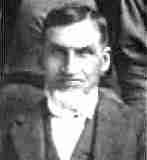

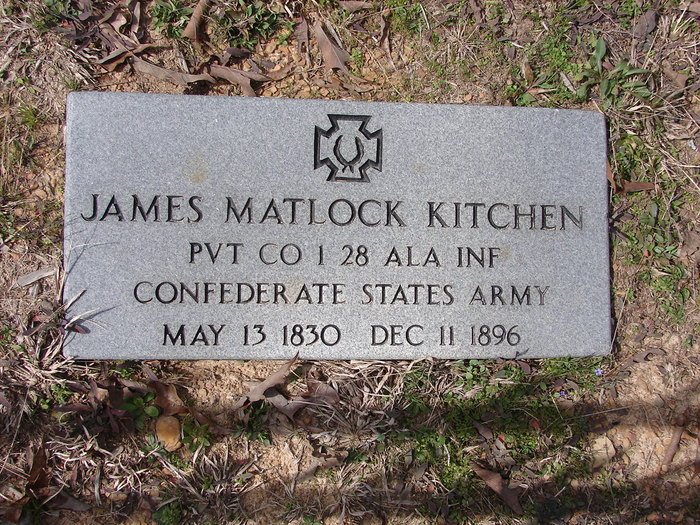
So very interesting. What a treasure you have there! Love this